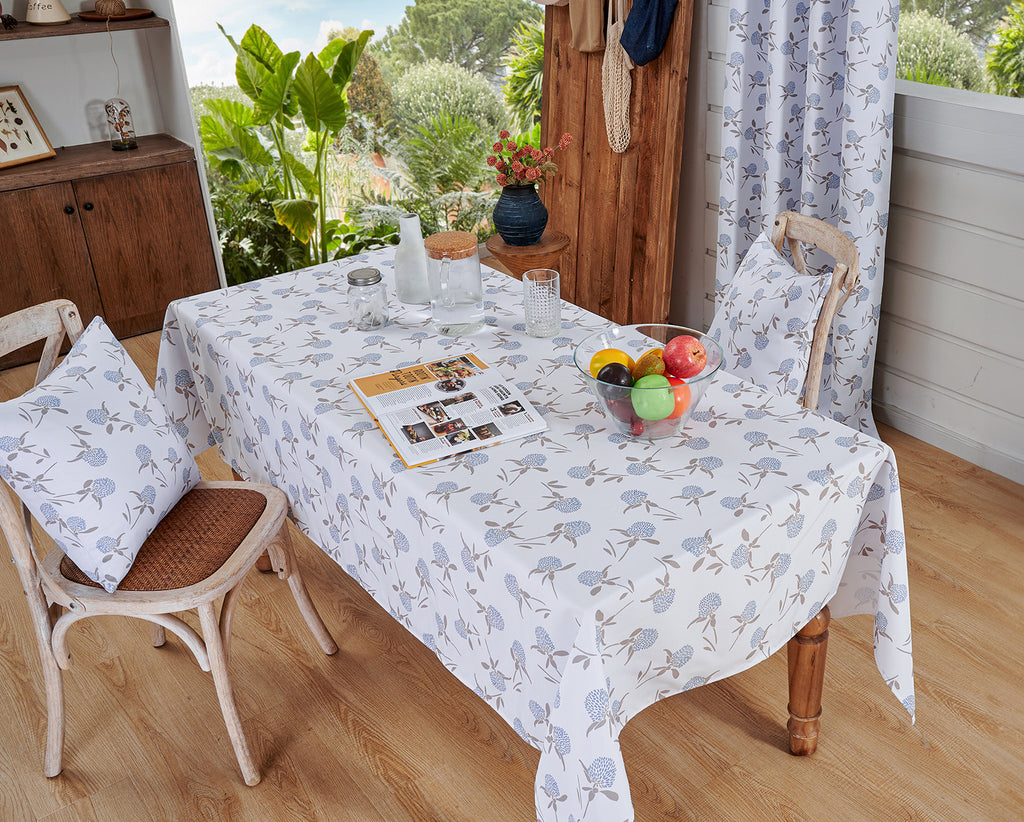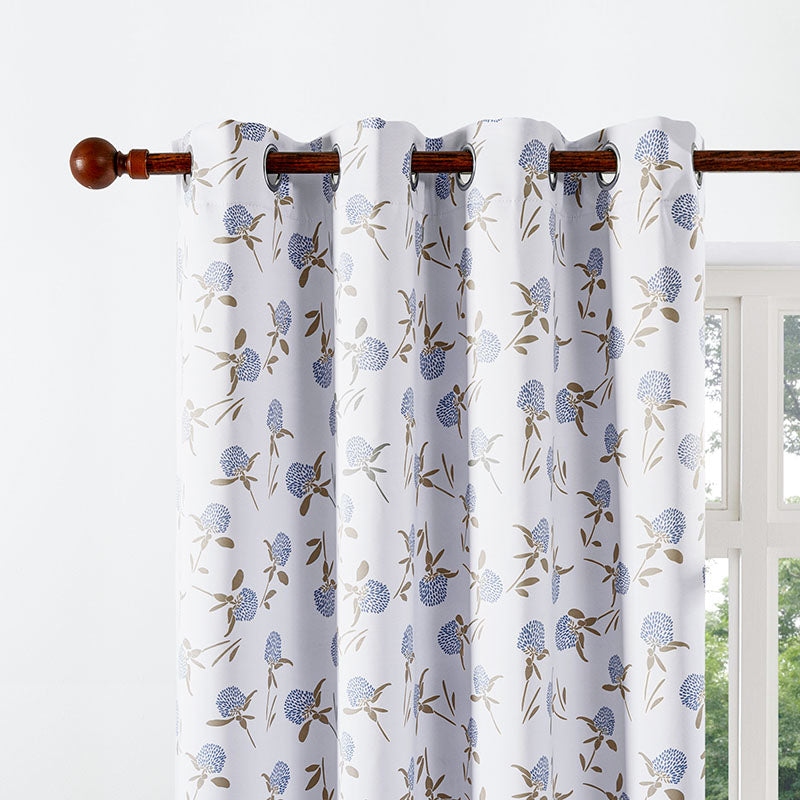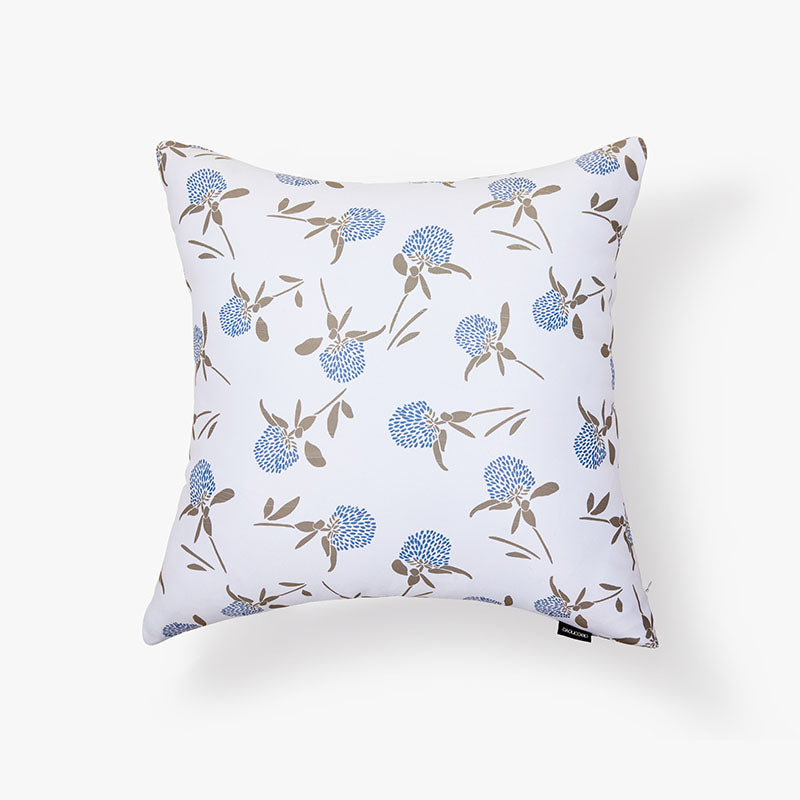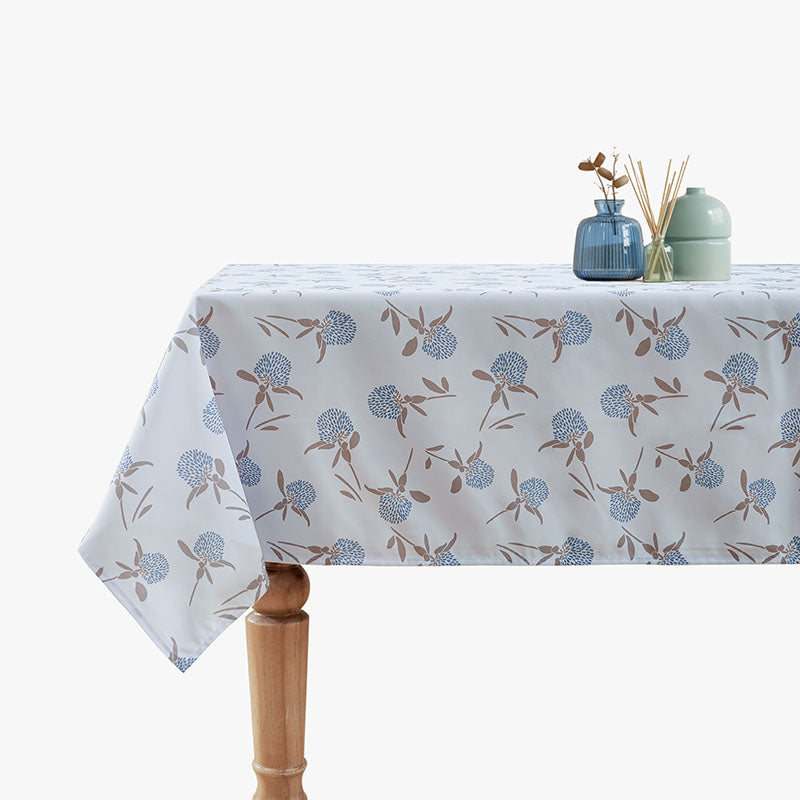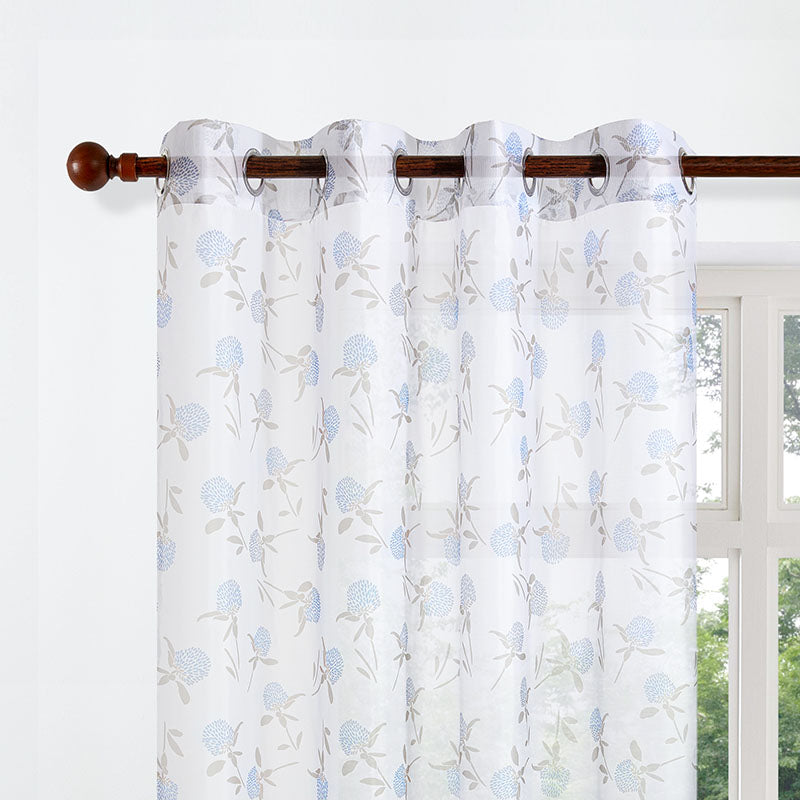12% OFF SITEWIDE
Code: MOM12
Waste is None of Your Business!
Saving our Earth with Sustainable
Home Decor
Trendy
Thrifty
Trustworthy
Sustainable
Booklet Swatches
Purchase the Sample Booklet to touch, feel, and visualize the perfect window treatments for your space.
Custom Products
Katerina Custom Blackout Cloth Curtains
$49.99
Katerina/Cream WhiteKaterina/OliveKaterina/SandKaterina/RoseKaterina/Stone GreenKaterina/Stone BlueKaterina/Gray+ 3 more
Alessia Custom Light Filtering Roller Blinds
$32.99
Alessia/Light GrayAlessia/BlackAlessia/Dark GrayAlessia/White
Giulia Custom Matt Aluminium Venetian Blinds
$32.99
Giulia/Mat White
Emma Custom Wool Linen Blackout Curtains
$55.99
Emma/NaturalEmma/Chocolate NaturalEmma/Pine NaturalEmma/GrayEmma/Ochre Natural+ 1 more
Camille Custom Cayenne Blackout Curtains
$48.99
Camille/Light RoseCamille/Burnt OrangeCamille/Storm BlueCamille/TealCamille/Light GrayCamille/Light PurpleCamille/Steel Gray+ 3 more
Bianca Custom Cashmere Blackout Curtains
$42.99
Bianca/GreigeBianca/CappuccinoBianca/Cream WhiteBianca/HeatherBianca/Light Pink+ 1 more
Lily Custom Whimsical Patterns Kids' Sheer Curtains
$30.99
Lily/BrightLily/PastelLily/CandyLily/Black-White
Ivy Custom Basic Snowflake Dot Sheer Curtains
$35.99
Ivy/Black-WhiteIvy/Natural-WhiteIvy/Gray
Vivianne Custom Dutch Velvet Blackout Curtains
$25.99
Vivianne/Light RoseVivianne/RoseVivianne/HeatherVivianne/VioletVivianne/AubergineVivianne/CherryVivianne/Chinese RedVivianne/Burnt SiennaVivianne/Rain BlueVivianne/Storm BlueVivianne/Dark BlueVivianne/Aevre BlueVivianne/Pine GreenVivianne/Ivy GreenVivianne/Stone GreenVivianne/Moss GreenVivianne/Sun YellowVivianne/OchreVivianne/Light GrayVivianne/GrayVivianne/CharcoalVivianne/BlackVivianne/Light BeigeVivianne/BeigeVivianne/CappuccinoVivianne/SandVivianne/BrownVivianne/Wallnut Brown+ 24 more
Naomi Custom Nayuki Velvet Blackout Curtains
$42.99
Naomi/Rain BlueNaomi/CappuccinoNaomi/Fountain GreenNaomi/GrayNaomi/Light GrayNaomi/Off WhiteNaomi/Rose+ 3 more
Stella Custom Enchanting Starburst Sheer Curtains
$31.99
Stella/Dark Blue-White
Joyce Custom Carnival Blackout Curtains
$58.99
Sand-Carnival Linen
Giselle Custom Full Blackout Roller Blinds
$34.99
Giselle/Dark GrayGiselle/Light GrayGiselle/BlackGiselle/White
Sienna Custom Light Filtering Zebra Blinds
$22.49
$29.99
Sale
Sienna/BlackSienna/Light GraySienna/WhiteSienna/Beige Yellow
Luna Custom Linen Full Blackout Roller Blinds
$35.99
Luna/Dark GrayLuna/Light GrayLuna/Black
Darlene Custom Solid Color Carnival Blackout Curtains
$55.99
Darlene/SandDarlene/Natural WhiteDarlene/RoseDarlene/Stone Green
Zuri Custom South African Linen Blackout Curtains
$34.99
$45.99
Sale
Zuri/Natural-WhiteZuri/Gray-BlueZuri/Light GreenZuri/Light PinkZuri/YellowZuri/Sand+ 2 more
Maya Custom Wood Pattern Aluminium Venetian Blinds
$34.99
Maya/Wood Grain BrownMaya/Wood Grain StoneMaya/Wood Grain White
Elodie Custom Blackout and Waterproof Zebra Blinds
$22.49
$29.99
Sale
Elodie/Dark GrayElodie/BlackElodie/Light GrayElodie/PinkElodie/GreenElodie/BeigeElodie/GrayElodie/Light CoffeeElodie/BrownElodie/Blue+ 6 more





















